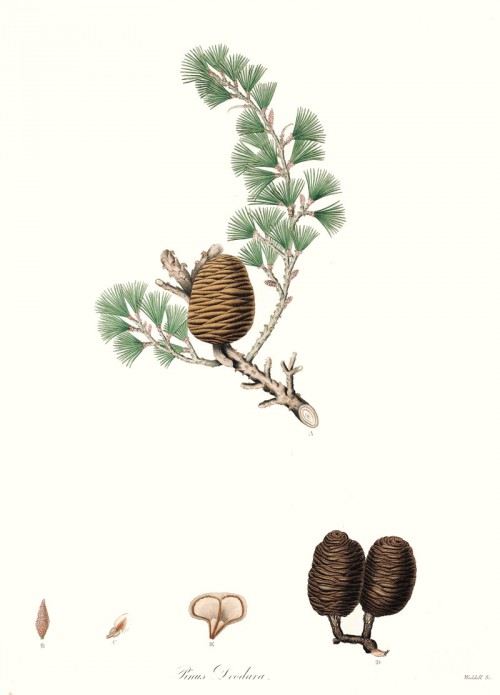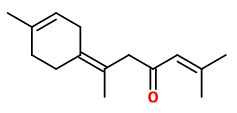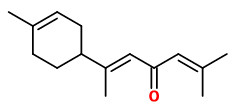Dies ist eine alte Version des Dokuments!
Cedrus deodara (Roxb.) G.Don - syn.Pinus deodara Roxb. ex D. Don - Pinaceae
deodar cedar, Himalayan cedar, devadharu, timber of the gods, Himalaya-Zeder
Large coniferous evergreen tree, 40-50m tall, native to the western Himalayas.
„The botanical name, which is also the English common name, derives from the Sanskrit term devadāru, which means „wood of the gods“, a compound of deva „god“ and dāru „wood, tree“.
The inner wood is aromatic and used to make incense. Inner wood is distilled into essential oil. As insects avoid this tree, the essential oil is used as insect repellent on the feet of horses, cattle and camels.“ http://en.wikipedia.org/wiki/Cedrus_deodara
„The essential oil and extract obtained from the wood chips of Cedrus deodara by hydrodistillation and percolation respectively have been analyzed by GC-FID and GC-MS techniques. Thirty four compounds were identified from the essential oil and twenty six from the extract accounting for 98.3 and 94.6% respectively of total identifications. While the major components of the oil were β-himachalene (38.3%), α-himachalene (17.1%) and γ-himachalene (12.6%), those of the extracts were E-γ-atlantone (38.5%) and E-α-atlantone (10.2%).“
[Chemical composition of hydrodistilled and solvent volatiles extracted from woodchips of Himalayan Cedrus: Cedrus deodara (Roxb.) Loud. Chaudhary, A., Kaur, P., Singh, B., Pathania, V., Natural product communications, 4(9), 2009, 1257-1260]
„Chromatographic fractions of Himalayan cedarwood oil (Cedrus deodara) were bioassayed against the pulse beetle (Callosobruchus analis F.) and the housefly (Musca domestica L.). Almost all fractions showed insecticidal activity against both test species. Fractions I and V led to the highest mortality and also produced a quick knockdown effect. Fractions I and V, after rechromatography and purification, yielded himachalol (3%) and β-himachalene (31%), based on essential oil weight, respectively. Further evaluation of these two naturally occurring sesquiterpenes indicated 97.5% mortality at 0.56 μmol/insect against the pulse beetle. These biologically active natural products of plant origin may serve as a suitable prototypes for development of commercial insecticides.“
[Himachalol and β-himachalene: Insecticidal principles of himalayan cedarwood oil. Singh, D., Agarwal, S. K., Journal of chemical ecology, Vol.14(4), 1988, 1145-1151]

Cedrus deodara (Roxb. ex Lamb.) G.Don as Pinus deodara Roxb. ex Lamb.
Lambert, A.B., Description of the genus Pinus and some other remarkable plants, 2nd ed., vol.2, t.3bis (1890)
http://plantgenera.org/species.php?id_species=215390
Cedrus deodara
© Rolf Marschner (2006),
www.botanische-spaziergaenge.at


